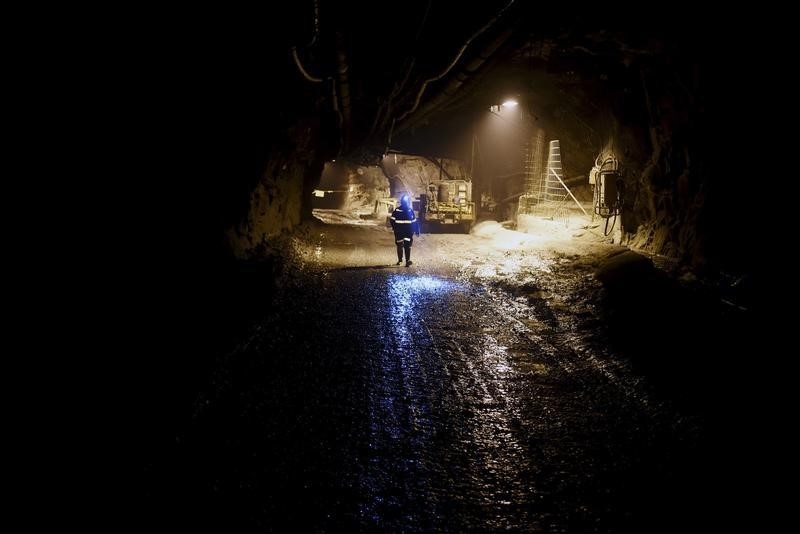Galileo Mining Ltd (ASX:GAL) is trading higher after delivering the highest rhodium grades to date from diamond drilling at the Callisto palladium-platinum-gold-rhodium-copper-nickel discovery within the Norseman Project in Western Australia.
Notably, the rhodium assays were observed to be increasing at depth within high-grade palladium-platinum seams.
Standout assays include 1-metre at 4.76 g/t 4E (3.82 g/t palladium, 0.66 g/t platinum, 0.13 g/t rhodium, 0.15 g/t gold), 0.70% copper and 0.59% nickel from 267 metres within a wider zone of 5 metres at 3.36 g/t 4E (2.64 g/t palladium, 0.46 g/t platinum, 0.08 g/t rhodium, 0.18 g/t gold), 0.54 copper and 0.45% nickel from 265 metres.
Galileo’s latest rhodium assays and petrography results increase the fundamental prospectivity of its extensive 278 square kilometre ground position.
Furthermore, drilling continues at Callisto with further assays pending.
Shares have been as much as 3.35% higher this morning to $1.08 while GAL's market cap is approximately $211.21 million.
“Potential for new zones”
Galileo managing director Brad Underwood said: “Rhodium assays received from the recently discovered lower zone at Callisto contain grades up to 0.13 g/t, the highest we have so far seen at the project.
“The high rhodium content in drill hole NRCD279 was intersected within a five-metre seam with over 3 g/t palladium plus platinum, and individual one-metre intervals grading up to 0.70% copper and 0.59% nickel.
“New intersections with grades like these are very encouraging and show that we have only just started to explore the mineralisation at Callisto.
“Our understanding is limited to the small area we have drilled, and with mineralisation open both to the northwest and southeast, we believe that the potential for new zones of mineralisation is exceptional.
“Our petrography results also show that we have similar rock types to the Platreef palladium deposits in South Africa.
“Other similarities include the style of mineralisation and the metal distribution.
“This tells us the prospectivity of our Norseman project area is much higher than previously recognised and the opportunity for ongoing discoveries is significant.”
Petrography results
Petrographical samples were prepared and examined under a microscope to determine rock characteristics.
The results confirm harzburgite and pyroxenite as the host rock to the mineralised Callisto intrusion.
The disseminated style of sulphide mineralisation, the contained metals, the host rock, and the mineralised rock units, all show a resemblance to the disseminated sulphide ore bodies of the Platreef deposits on the northern limb of the Bushveld Complex in South Africa.
Much of the world’s platinum and palladium is produced from South Africa and the similarity between Callisto and the Platreef deposits is highly encouraging for the regional prospectivity of Galileo’s Norseman project.
